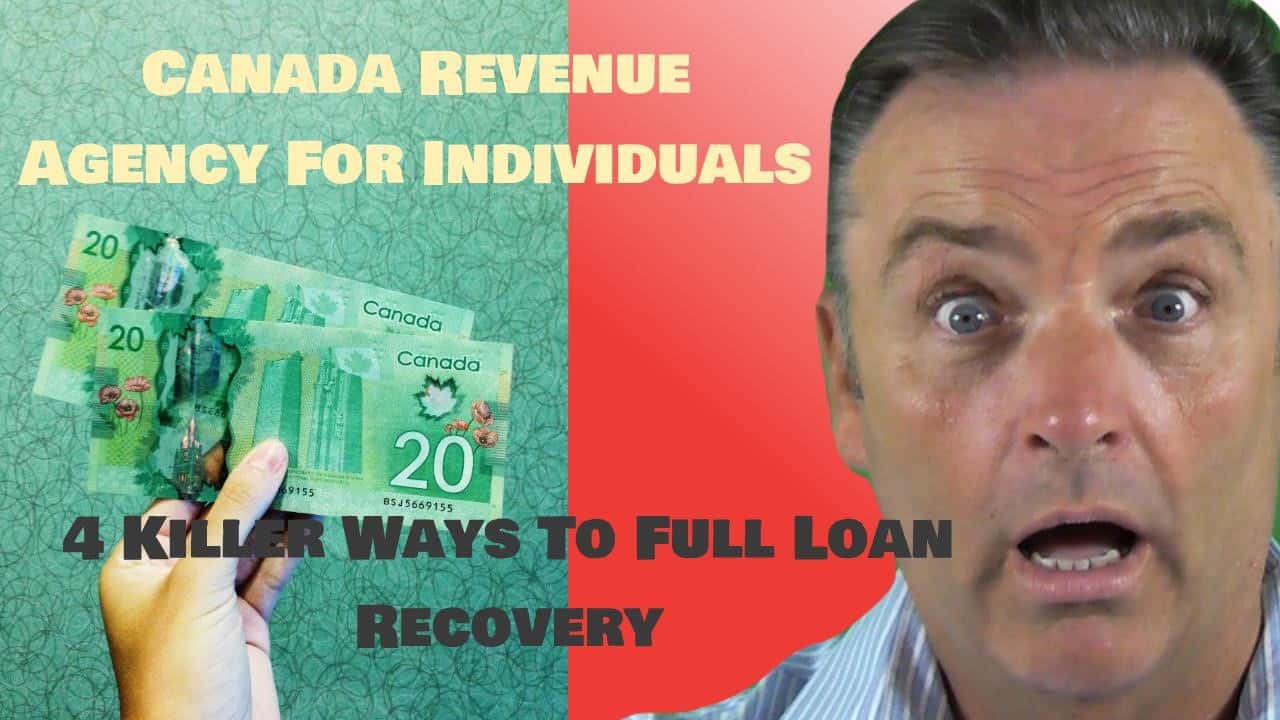The Ira Smith Team is absolutely operational and Ira, in addition to Brandon Smith, is readily available for a telephone consultation or video meeting.
Stay healthy, well balanced and safe and secure everyone.[monkeytools msnip=”https://monkeyplayr.com/playr.php?u=5173&p=22240″]
Introduction
Statistics Canada says the annual cost of living rate went negative in April as the economy came to a standstill in the very first full month of the pandemic. The agency says the consumer price index for April fell 0.2 percent compared with a year ago as energy rates did a nosedive. It was the very first year-over-year decline in the CPI since September 2009. As a result, on May 15, Prime Minister Justin Trudeau announced some amendments to existing Federal government support programs, including the Canada Emergency Wage Subsidy program, to help during this COVID-19 pandemic.
Millions of Canadians have actually lost their jobs due to the COVID-19 pandemic. As our economic recovery gradually begins, any place feasible to do so securely, Canadians need to return to work. Businesses opening up again safely will bring life back into the Canadian economic climate. That is exactly why the federal government generated the Canada Emergency Wage Subsidy (CEWS) (initially called the Canada Emergency Response Benefit) in March.
Canada Emergency Wage Subsidy extended
I have previously written about the federal government assistance programs to help both workers and employers. The overall umbrella name for all the programs is the COVID-19 Economic Response Plan. When the CEWS program was launched, critics quickly pointed out that it did not cover all types of businesses. They also wondered if the original program, scheduled to end June 30, was long enough to really help the economy.
On May 15, PM Trudeau introduced amendments to the program to help businesses get ready for reopening. These companies need to be able to rehire workers and with any luck perhaps hire even more than they had when the state of an emergency shutdown was declared. So, the CEWS is extended for 3 extra months to August 29. The CEWS covers 75% of an employee’s salaries– up to $847 per week – for eligible employers. For those able to additionally benefit from the Temporary 10% Wage Subsidy for a period, any credits taken under that program for a pay period will decrease the amount available to be claimed under the CEWS for that exact same time period.
The 1 part of your business your customers are most worried about
So businesses currently have some runway to get restarted. This is a good thing as businesses will certainly need funding to reactivate. Specific businesses might need a few extra staff members than they had before the shutdown. I just read this morning an article about what restaurants and other businesses may have to do to make customers feel at ease about returning.
The one area of the business that people might fear is the washroom. The article raises the following questions that should be answered before reopening:
- How many people can be in there at one time?
- Is every other urinal in the men’s room going to have to be sealed off?
- Are the barriers between stalls and urinals sufficient?
- Do the sinks have automatic taps or will patrons have to use the handles to turn on the water?
So a new job category that really hasn’t been seen much since the early 1960s might just come back – the washroom attendant. The business will have to make sure they can prove to their customers and clients that the washrooms are being cleaned on a very regular basis. Someone will have to make sure that there are only a limited number of people in a washroom at one time so that social distancing can be maintained. This could lead to new jobs!
Other amendments to the CEWS
The CEWS will ideally keep encouraging companies to rehire staff and even broaden where possible. The federal government has actually pledged, for moving forward, that it will work with company and labour stakeholders on any other changes that might be required.
Among the important things, they will certainly be looking at the 30% income drop limit for eligibility. As companies start-up, satisfying that revenue test should not be an obstacle to growth. Although all businesses require aid, certain ones could not fulfill the revenue decline test. There are two main factors. The revenue decline examination is on a monthly basis. Considering that the first half of March businesses were operating normally, many could not meet the test for that month. Startup companies probably couldn’t either.
Other businesses did not qualify not because of the revenue decline test, but because their business did not meet the original definition. So, Justin Trudeau announced broadened eligibility for the CEWS benefit. Previously, only corporations and charitable organizations were eligible employers for this wage subsidy benefit. Now the list has been expanded.
The eligible employer list has now been expanded and includes:
- individuals (including trusts)
- taxable corporations
- persons that are exempt from corporate tax (Part I of the Income Tax Act), other than public institutions:
- non-profit organizations
- agricultural organizations
- boards of trade
- chambers of commerce
- non-profit corporations for scientific research and experimental development
- labour organizations or societies
- benevolent or fraternal benefit societies or orders
- registered charities
- partnerships consisting of eligible employers
Public institutions continue to not be eligible for the subsidy. This includes municipalities and local governments, Crown corporations, public universities, colleges, schools and hospitals.
Canadian Emergency Business Account (CEBA)
In my April 13 blog, COVID 19 BUSINESS SUPPORT: CANADA EMERGENCY BUSINESS ACCOUNT REVIEW, I described the CEBA in detail, as the program then existed. On May 15, at the same time, he was announcing the extension and changes to the CEWS, PM Trudeau also announced an expansion of the CEBA program. The expansion is meant to include an important part of the Canadian economy that was previously excluded. I think the exclusion was inadvertent, in the government’s rush to get the program out. So Justin Trudeau announced that the CEBA program will also now include:
- Sole proprietorships/partnerships.
- Any other form of owner-operated businesses.
- Businesses that hire contractors but not employees, so they do not have a payroll account with the Canada Revenue Agency.
- Family-owned businesses where remuneration is paid via dividends, not salary.
- Businesses where the proprietor uses a personal bank account for business purposes rather than a business operating account.
- Newly created businesses.
This should go a long way to removing previous inequities in the CEBA program.
So now, the list of ineligible businesses is relatively narrow, being:
- A government organization or body, or an entity owned by a government organization or body.
- A union, charitable, religious or fraternal organization or an entity owned by such an organization or if it is, it is a registered T2 or T3010 corporation that generates a portion of its revenue from the sales of goods or services.
- A business owned by any Federal Member of Parliament or Senator.
- One that promotes violence, incites hatred or discriminates on the basis of sex, gender identity or expression, sexual orientation, colour, race, ethnic or national origin, religion, age, or mental or physical disability, contrary to applicable laws.
Summary
I hope you found this Canada Emergency Wage Subsidy Brandon’s Blog helpful. It should be of particular interest to contractors, developers and builders in Ontario.
The Ira Smith Team family hopes that you and your family members are remaining secure, healthy and well-balanced. Our hearts go out to every person that has been affected either via misfortune or inconvenience.
We all must help each other to stop the spread of the coronavirus. Social distancing and self-quarantining are sacrifices that are not optional. Families are literally separated from each other. We look forward to the time when life can return to something near to typical and we can all be together once again.
Ira Smith Trustee & Receiver Inc. has constantly used clean, safe and secure ways in our professional firm and we continue to do so.
Revenue and cash flow shortages are critical issues facing entrepreneurs and their companies and businesses. This is especially true these days.
If anyone needs our assistance, or you just need some answers for questions that are bothering you, feel confident that Ira or Brandon can still assist you. Telephone consultations and/or virtual conferences are readily available for anyone feeling the need to discuss their personal or company situation.
The Ira Smith Team is absolutely operational and Ira, in addition to Brandon Smith, is readily available for a telephone consultation or video meeting.
Stay healthy, well balanced and safe and secure everyone.



